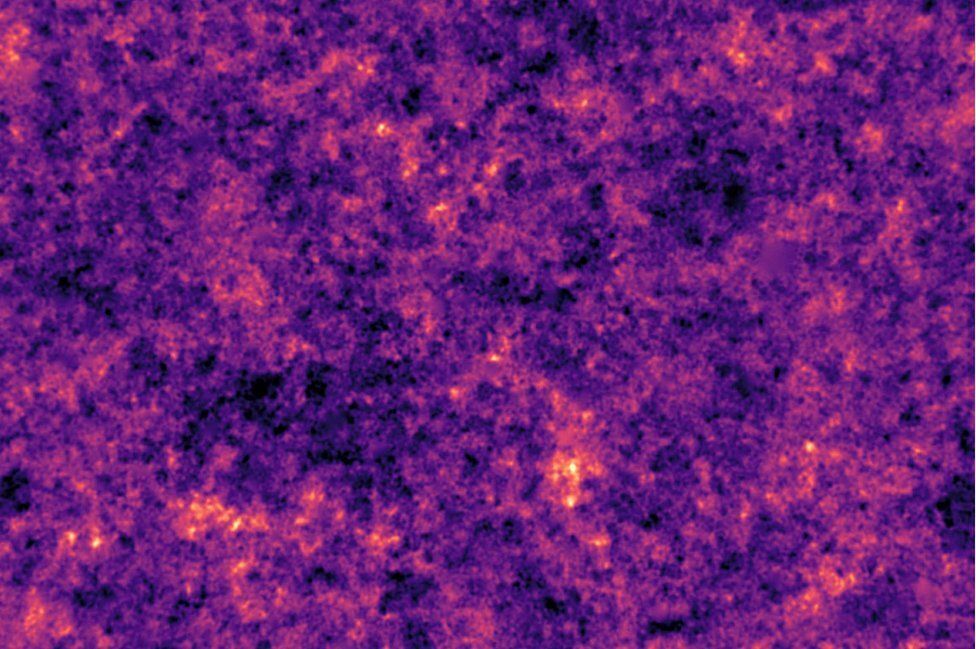A new paper looks for tidal distortions around two galaxies that apparently lack dark matter, and finds... something. It's not terribly dramatic, but it's enough to say that they probably are distorted. If so, then that pretty much rules out them having any dark matter, as if that were the case then they'd have to be a lot closer to the nearest major galaxy to suffer such an effect. This is neat, because it's a pretty strong constraint that these objects really are weird - and not just at smaller distances, as other authors have argued. As to how they formed though, that requires more data.
#Science
#Astronomy
#Galaxies
#DarkMatter
https://llittlephysicists.blogspot.com/2021/10/tantalisingly-tidal.html
5 Likes

